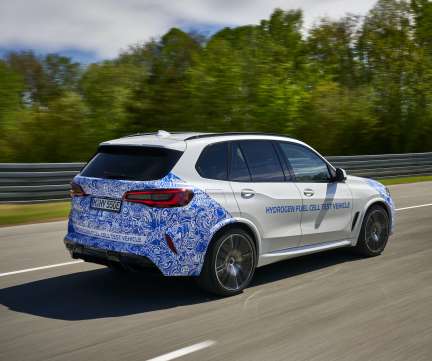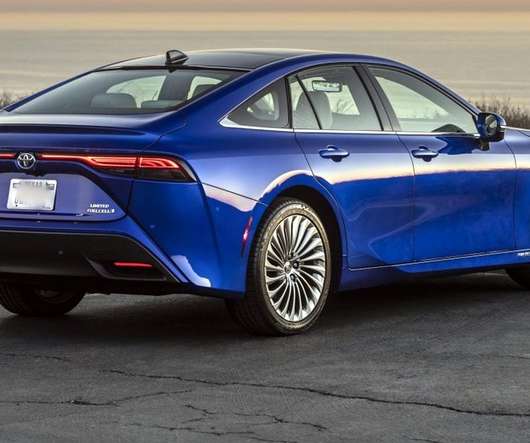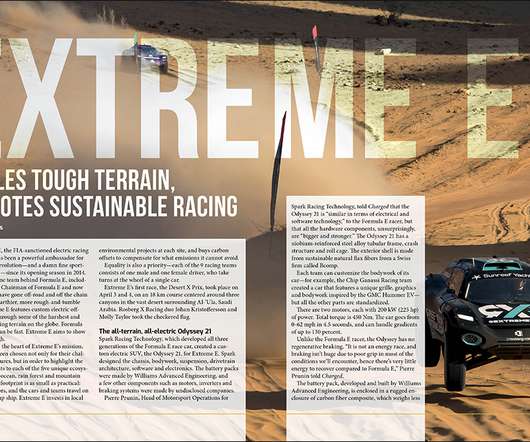BMW begins road testing of i Hydrogen NEXT; small-series production model in late 2022
Green Car Congress
JUNE 19, 2021
The BMW i Hydrogen NEXT is a pure electric vehicle that uses hydrogen as fuel by converting it into electricity in a fuel cell. The BMW i Hydrogen NEXT uses fuel cells from the product development cooperation with the Toyota Motor Corporation. The fuel cell system delivers an electrical output of 125 kW/170 hp.




























Let's personalize your content